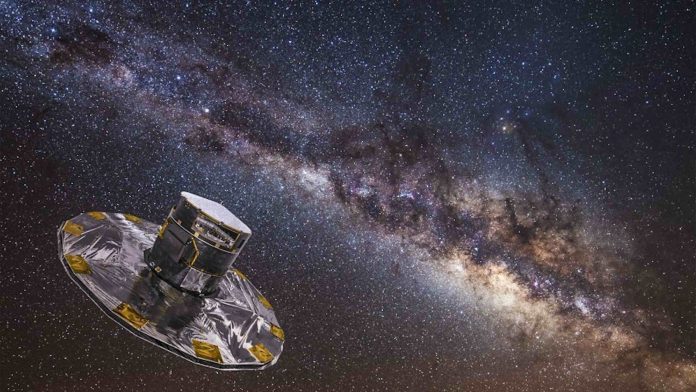The approximately 1.7 billion stars in our galaxy need to be catalogued, and the ESA’s Gaia telescope has found many of the 7,000 star clusters that have been observed so far. The new report describes how the most recent data release has found 1,600 more star clusters and was published in the preprint service arXiv.24 hours prior
The third significant dataset from the Gaia telescope, operated by the European Space Agency (ESA) since 2013, was just made public.
After having some time to go through the information, various research teams have published a number of publications summarising their findings.
According to a news release, a team led by Guangzhou University has catalogued more than 1,100 new star clusters in the Milky Way. The number of known star clusters in our part of the universe has significantly increased as a result of the recent discoveries.
AI used to sort through Milky Way data
The researchers went through the data using an AI learning model. They deliberately targeted latitudes above 20 degrees, which were unexplored by earlier researchers.
Additionally, they probed as far as they could in the Gaia data, out to a distance of more than 16,000 light years, or around 5 kiloparsecs. Additionally, the group opted to visually confirm all 1,179 of the discovered star clusters.
How many star clusters are there in the Milky Way
For years, there has been a discrepancy between the estimated number of star clusters in the Milky Way and the total that telescopes have observed. Roughly 15 years ago, scientists believed there may be as many as 100,000 star clusters in the Milky Way.


